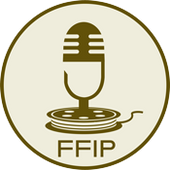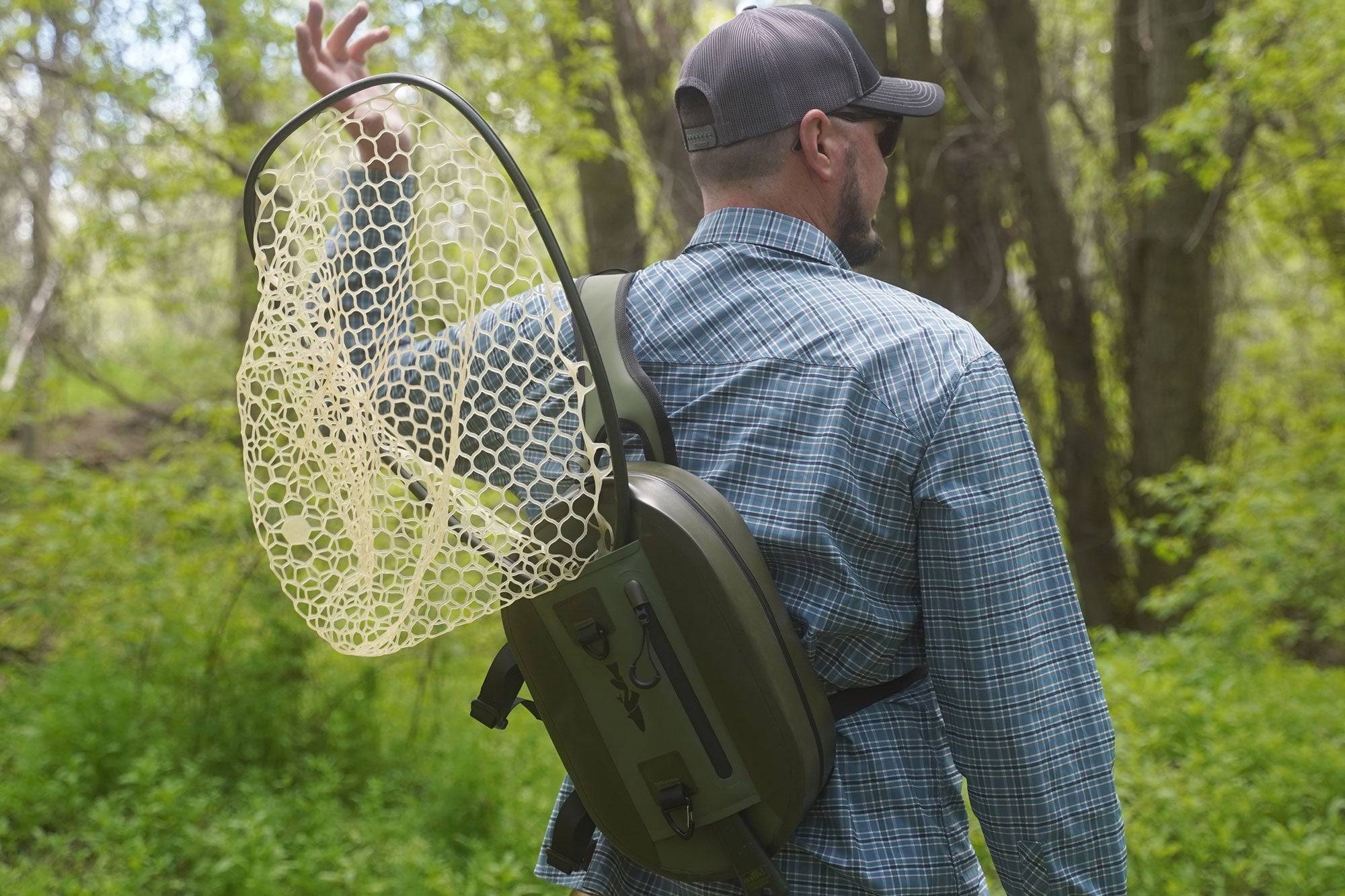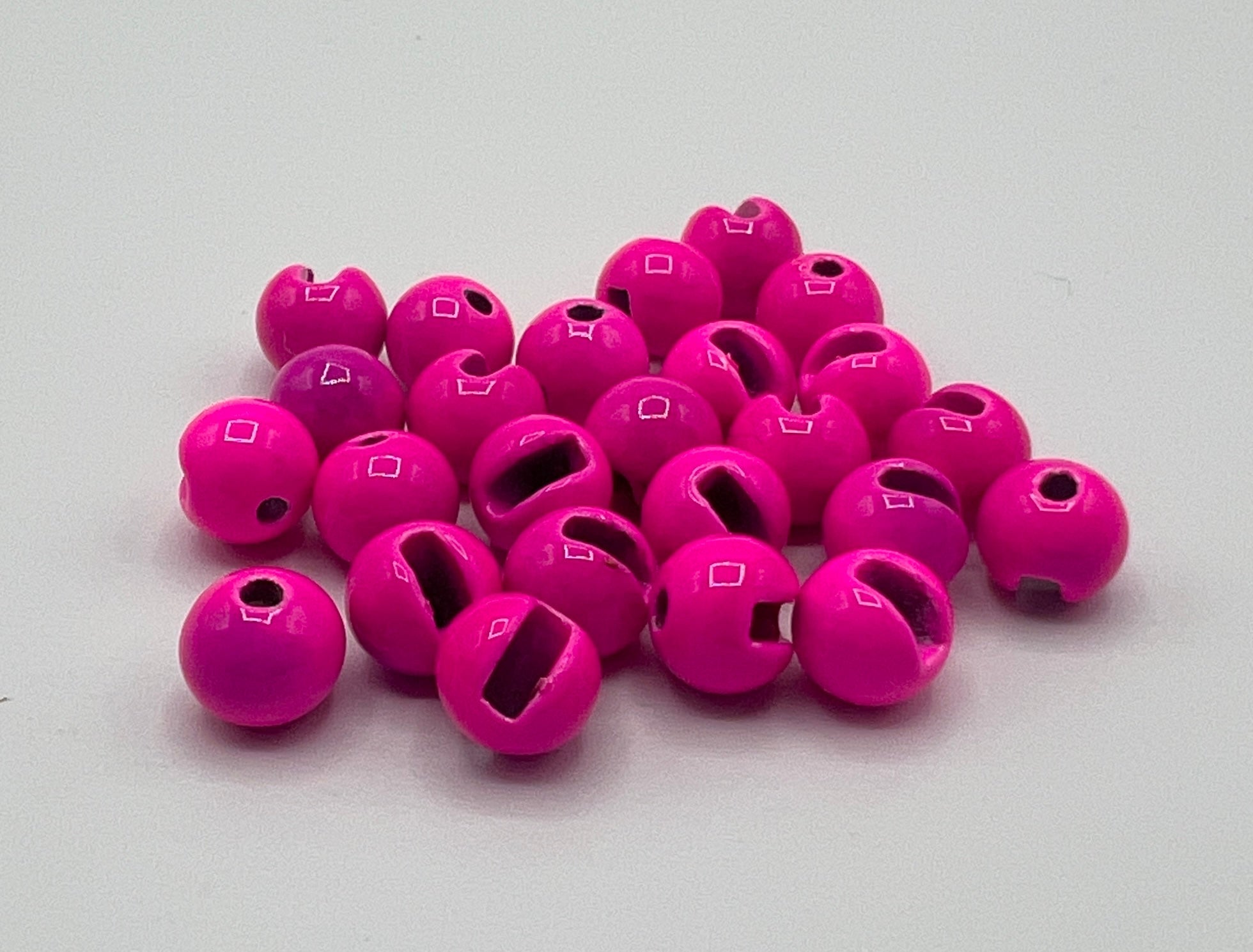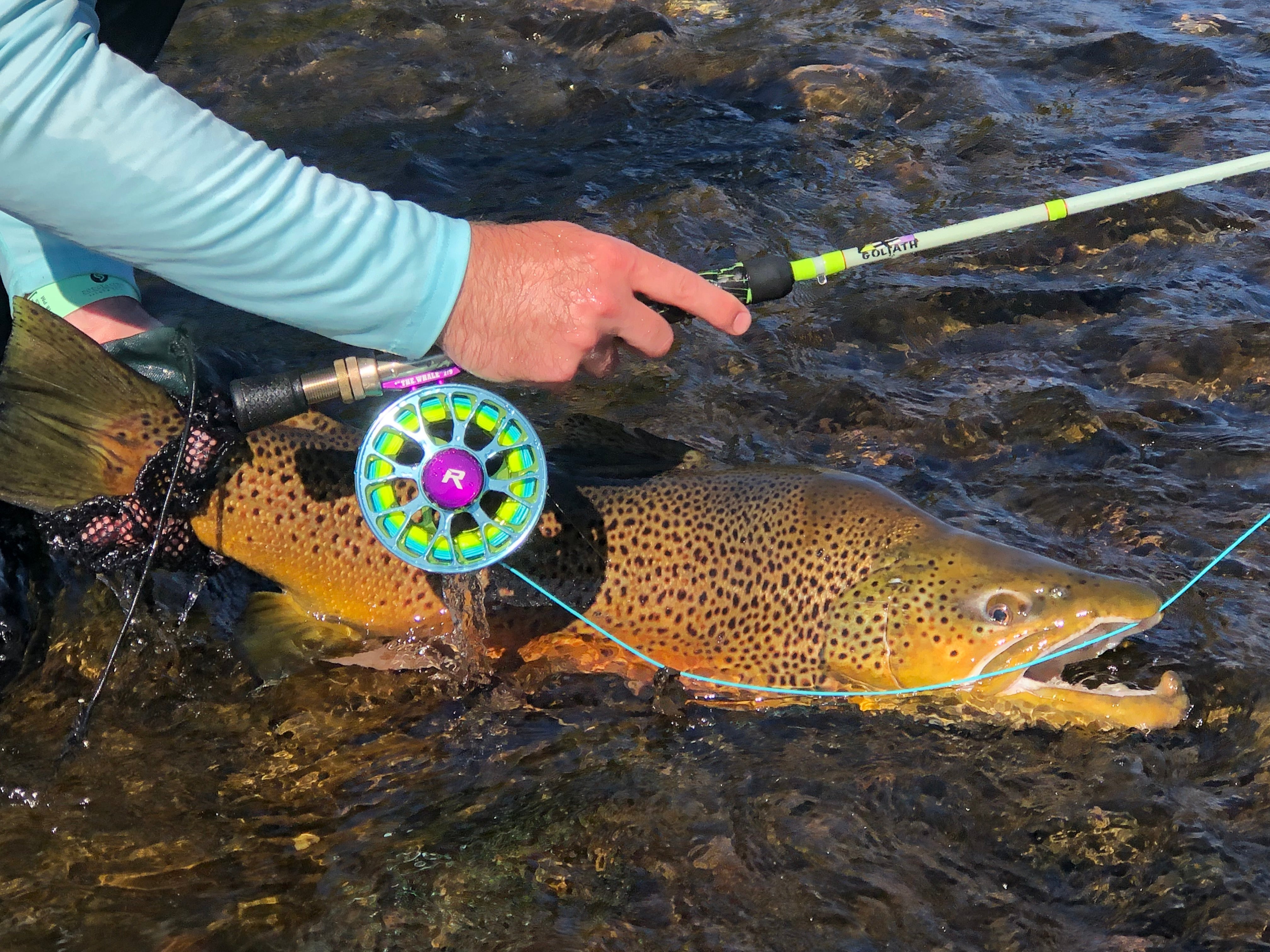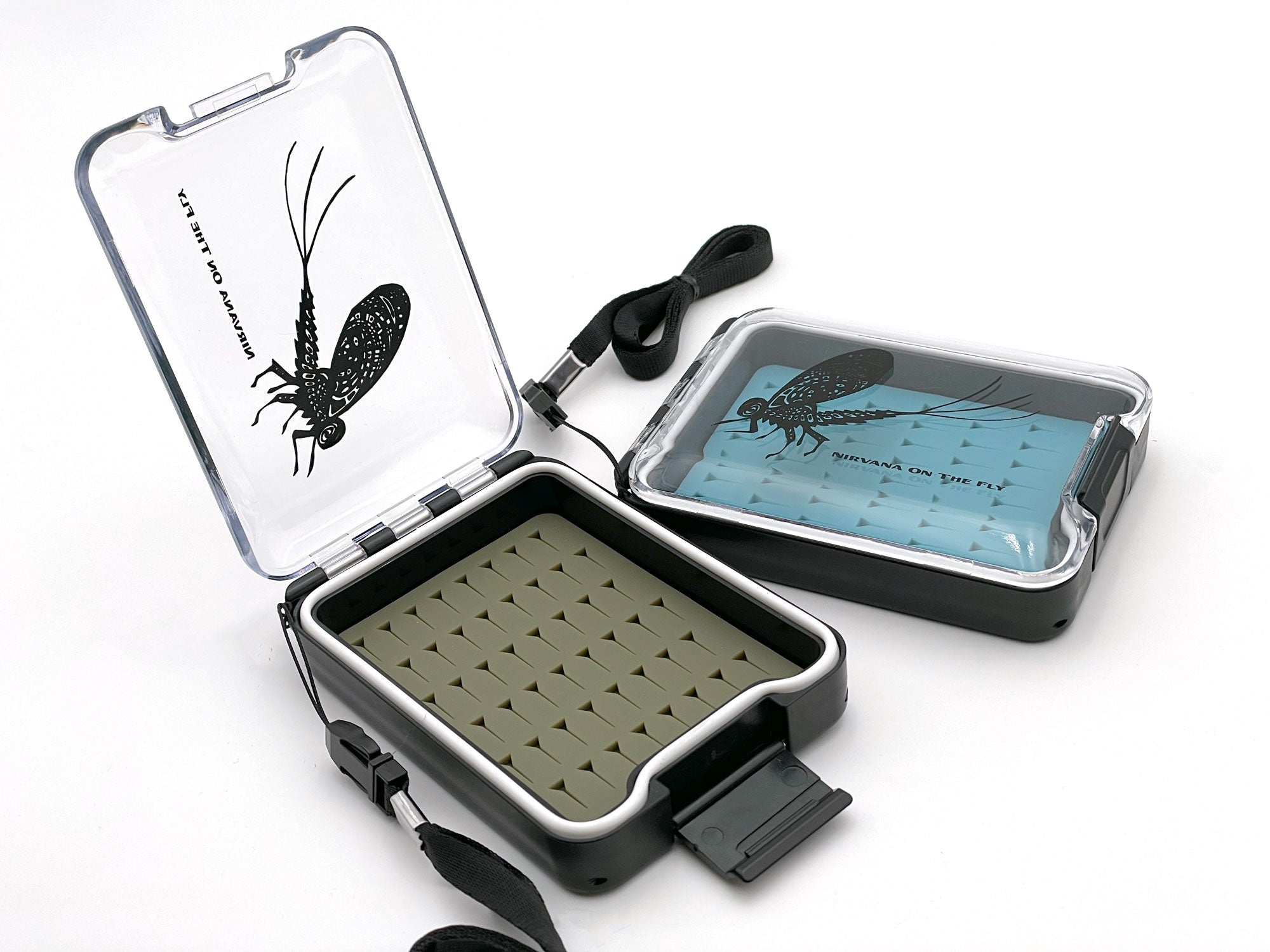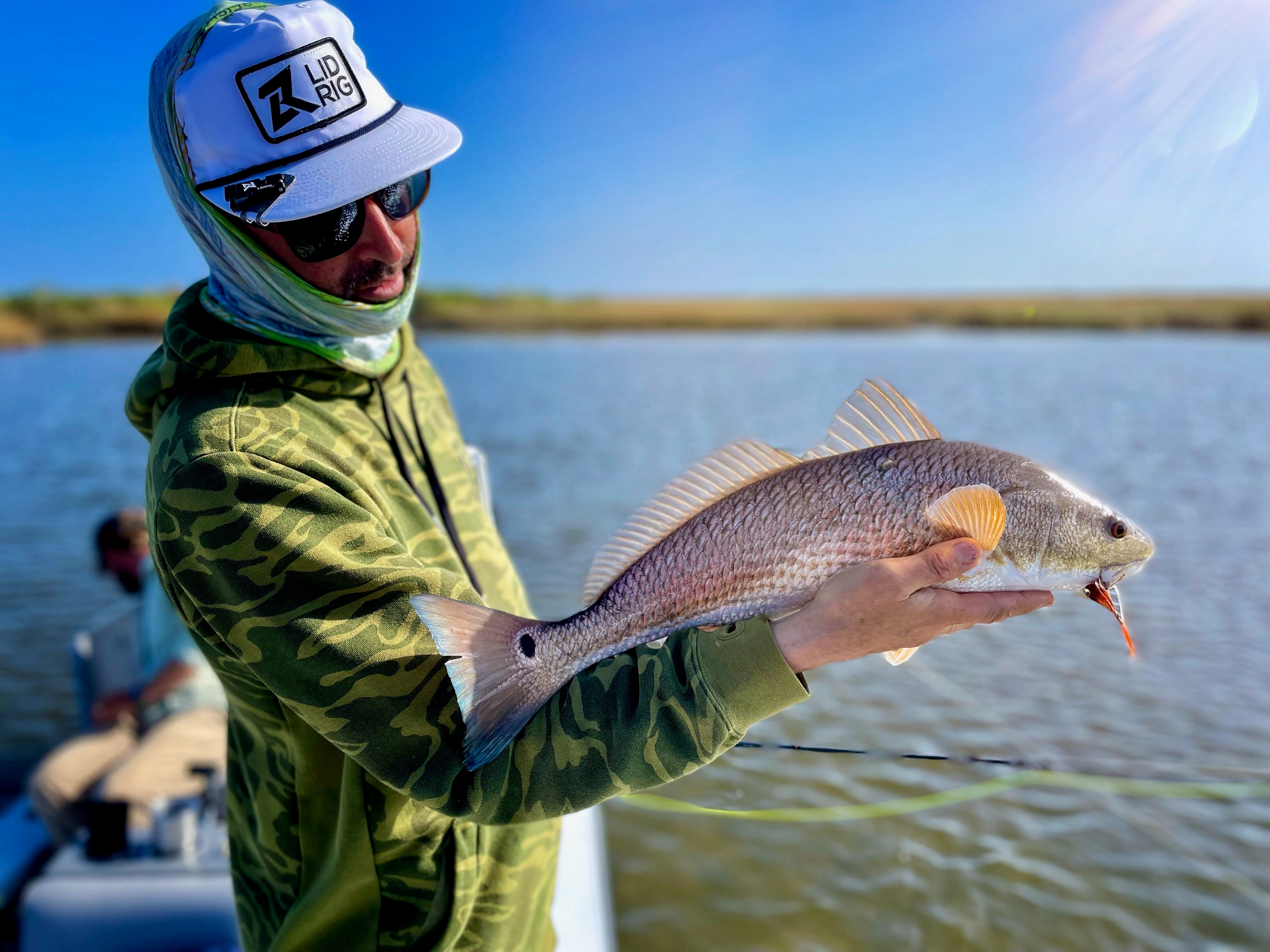Fly fishing isn’t just about casting a line into the water and hoping for a bite. It’s an art, a science, and a passion that runs deep. One of the most transformative experiences in my fly fishing journey was when I started tying my own flies.
I can remember coming home from a trip with the boys and thinking, “I really like this but those flies are expensive! Maybe I'll just tie my own and save a few bucks?” The unfortunate answer to that is you’ll spend more. However, it’s worth it. You’ll have a blast and you’ll really learn a ton about flies in all kinds of ways. Will you save money? Not likely but it is worth it.
Here’s how it changed everything for me:
1. Creativity and Connection
Tying flies is like creating miniature works of art. As I sat at my fly tying vise, meticulously wrapping thread, feathers, and fur onto hooks, I felt a connection to the natural world. Each fly represented a specific insect or baitfish, and I could tailor it to match the local hatch or mimic a favorite food source for the fish. The creative process allowed me to express myself and deepen my appreciation for the delicate balance of ecosystems. More than anything I could adjust my flies to exactly what I wanted it for. For example, I could add more float for a dry dropper scenario or I could make a cripple pattern that I perceived as more enticing. I built up a confidence in the fly that I didn’t always have.
2. Understanding Entomology
To tie effective flies, I had to learn about entomology—the study of insects. Suddenly, I found myself identifying mayflies, caddisflies, and stoneflies on the water. I observed their behavior, noted their size, color, and movement. This knowledge translated directly into my fly tying. I could now create patterns that imitated the insects fish were actively feeding on.
That not only help my tying but my identification. I could tell from a distance what hatch was coming on, had an understanding of what the aquatic larval stages looked like and was ready to tye something on in half the time with 4-5 times the confidence.
Let’s be clear, I was not a scientist. I didn’t learn all the Latin names, etc. but my level of understanding and identification was far better than it was and most the anglers around me. Plus when I tied those patterns I knew exactly where they were in my boxes. No guesswork and getting to a fly that was accurate for the situation was faster than it had ever been.
3. Materials Matter
Fly tying materials are diverse and fascinating. From natural feathers and fur to synthetic threads and flash materials, each component plays a role in the fly’s appearance and behavior. I learned about dubbing, hackle, and beadheads. I experimented with different materials to achieve specific effects—whether it was adding buoyancy to a dry fly or creating lifelike movement in a streamer. This understanding of materials enhanced my ability to choose the right fly for any situation.
It also helped me understand the various characteristics of push, float, density, water carrying capabilities and make better choices. Soon I could build or identify flies that were ideal for certain situations. I found favorites and dislikes too. For example, I started disliking rabbit in my larger streamers because of the weight and spray they created when wet. I preferred dry flies on a Klinkinhammer hook with a little foam to make them great floaters but with emerger like characteristics.
4. Customization and Confidence
When I tied my own flies, I could customize them to suit my preferences. Did I want a larger profile? A splash of color? A subtle sparkle? A trailing shuck? I could make it happen. This customization gave me confidence on the water. I knew my flies intimately—I knew how they would behave, how they would float, and how fish would react to them. No longer did I rely solely on store-bought patterns because I had my own secret weapons. My confidence went through the roof and soon I was able to mimic hatches, turn over a rock and find myself decision making without any concerns.
5. The Joy of Catching on Homemade Flies
The first time I caught a fish on a fly I tied myself, it felt like magic. The connection between creator and creation was tangible. I had tied a small size 22 parachute style blue wing olive that was foam and grizzly hackle. I went to a local creek and I saw a small brookie hanging out on a tiny pool under down trees. Bending down and sneaking up with as much stealth as I could establish and monitoring the fish. The brookie wasn’t rising but it was feeding and moving around. I set up a bow and arrow cast with my 3 weight and launched that fly into place. I think I held my breath from pulling back the fly until seeing that miraculous rise. When that fish hit my fly I set and screamed like a teenage girl! I was so excited to hook the fish and eventually get it into the net. Feeling like I fooled the fish end to end was really special and I don’t think I could have achieved that without tying the fly.
One of my favorite resources for tying flies has always been the Fly Fish Food channel on YouTube. Cheech and Curtis have a great offering and here is a video they put together on the aforementioned subject. They are one of the best in the business in fly tying and other fly fishing tutorials. This BWO is better than the one I tied for my brookie so give it a look and think about how you may start tying flies.
Here is a basic Hare's Ear nymph to get you started.
Tying flies isn’t just about saving money or having a hobby. It’s about immersing yourself in the world of fly fishing, gaining a deeper understanding of nature, and creating something that connects you to the water and its inhabitants. So, if you haven’t tried tying your own flies yet, grab a vise, some materials, and dive in.
Here is a great article on identifying BWO's you may enjoy.
***Do you want to get deals on equipment, fly fishing trips, and lots of information? Become a member of the Loyalty Club on the Fly Fishing Insider Podcast.
FFIP does receive a small commission from affiliate sales links. However, not all links are directed towards affiliate programs as I stay neutral and base recommendations more so on my own experiences. These commissions are used to support the FFIP expenses related to maintaining and hosting the show, blog, etc. Thank you for your support and by purchasing through the links within my articles when applicable!
